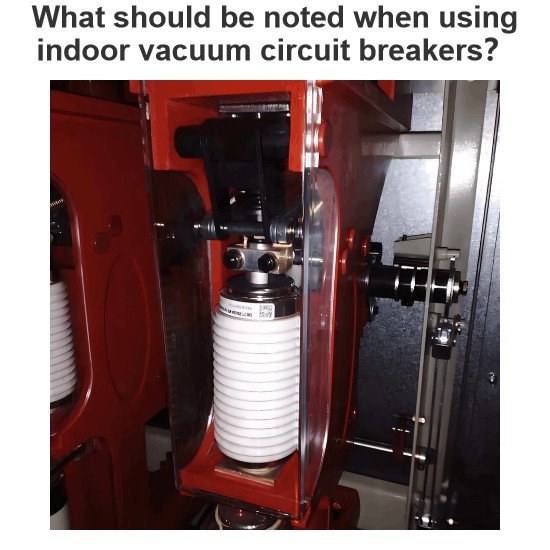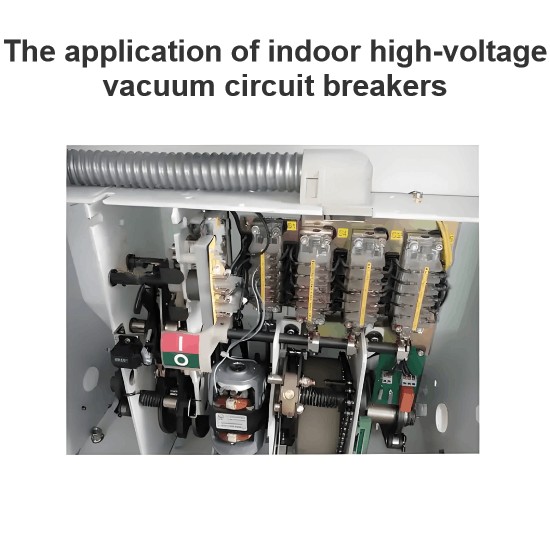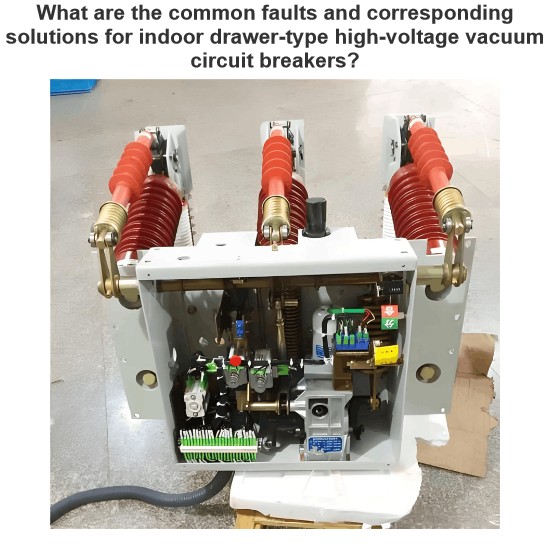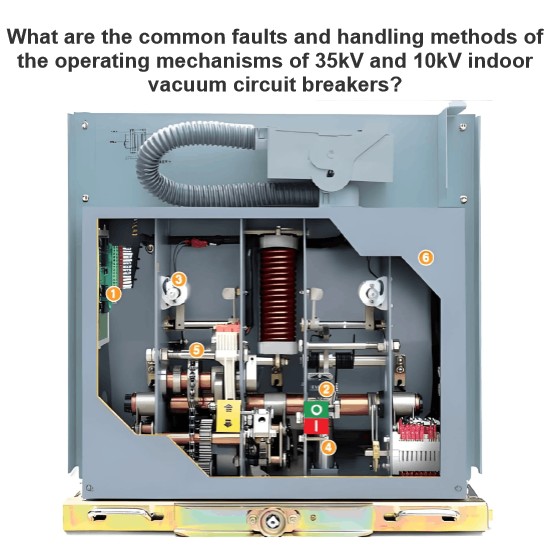What is the reason for refrigerators not having a fuse or circuit breaker?
In fact, most refrigerators have overload protection devices, which may be fuses, circuit breakers or circuit protection elements with similar functions, but some refrigerators do not appear to have independent visible fuses or circuit breakers, mainly for the following reasons:
Built-in protection element
Integration with compressor
The main power-consuming part of the refrigerator is the compressor, and many refrigerators integrate protection elements into the compressor's starting and running circuits. For example, some compressors have overload protectors inside, when the compressor current is too large, this protector will automatically disconnect the circuit to prevent the compressor from being damaged due to overload. This integrated protection does not require separate, obvious fuses or circuit breakers on the outside of the refrigerator and allows precise protection Settings to be tailored to the characteristics of the compressor.
Located on the control board
In modern refrigerators, many use electronic control circuits to manage the operation of the refrigerator. There are usually protective circuits on the control board that can act like fuses or circuit breakers. For example, when an abnormal situation such as overcurrent, overvoltage or undervoltage occurs in the circuit, the protection circuit on the control circuit board will detect and take measures, such as cutting off part of the circuit or adjusting the power supply, to protect the electronic components inside the refrigerator and the entire refrigeration system.
Use environmental and safety standards
Home circuit protection
In a household electricity environment, the refrigerator is usually connected to a circuit with a main fuse or circuit breaker. The fuse or circuit breaker in the home distribution box protects the entire circuit, including the branch where the refrigerator is located. If the refrigerator has a serious electrical failure, resulting in too much current, the total protection device of the home circuit will act and cut off the power supply, thereby indirectly protecting the refrigerator from excessive current damage.
Low security risk
Refrigerator operation power is relatively fixed and generally low (usually between 100-300 watts), compared with some high-power appliances (such as electric water heaters, air conditioners, etc.), it causes electrical fire and other safety risks are low. Moreover, the circuit design inside the refrigerator is relatively simple, the electrical components are relatively few, and the probability of electrical failure is small under normal use, so there is no need to set very obvious and independent fuses or circuit breakers like some complex, high-power electrical equipment.
Design and cost considerations
Simplify appearance and operation
Not setting a separate fuse or circuit breaker can make the appearance of the refrigerator more concise, avoid setting additional components on the outside of the refrigerator, thus improving the overall beauty of the refrigerator. At the same time, it also reduces the possibility of user misoperation, because ordinary users may not have professional electrical knowledge, if there is an independent fuse or circuit breaker, it may affect the normal use of the refrigerator because of misextraction and misoperation.
Reduce cost
Separate fuses or circuit breakers require additional materials and installation costs. For mass-produced refrigerators, reducing these components can reduce production costs to a certain extent. Although the cost per part may not be high, in the case of mass production, the overall cost savings are considerable.
The Electricity Encyclopedia is dedicated to accelerating the dissemination and application of electricity knowledge and adding impetus to the development and innovation of the electricity industry.













